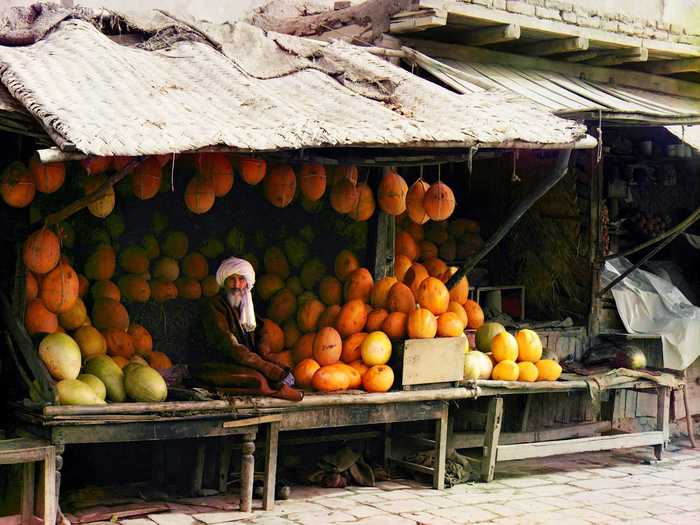18 rare color photographs of the Russian Empire from over 100 years ago
Prokudin-Gorskii took this photograph of Emir Said Mir Mohammed Alim Khan, the last emir representative to rule the Emirate of Bukhara in Central Asia, in 1911.

Here, we get an early 20th-century view of Tbilisi, the capital of Georgia, which was previously known as Tiflis in Russian. Located on a plain formed by the Kura River, the city was annexed to the Russian Empire in 1801 before becoming the capital of an independent Georgia in 1991.
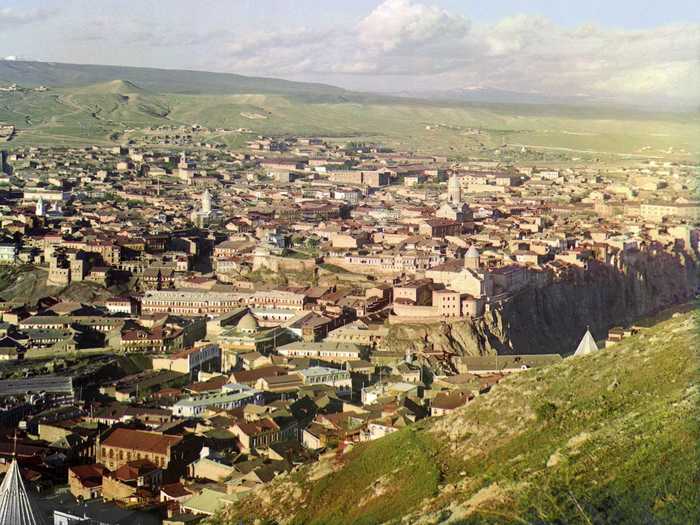
Source: Library of Congress, World Digital Library
By the time World War I arrived, Russia was in a stage of rapid industrialization. Prokudin-Gorskii was interested in documenting the economic life of the empire, capturing photographs like this one, taken in 1910, of a family mining-operation in the Ural Mountain region.

Source: Library of Congress
And this photograph, taken in 1912, of workers and supervisors preparing to pour cement foundations for a sluice dam across the Oka River, near the town of Denivo.
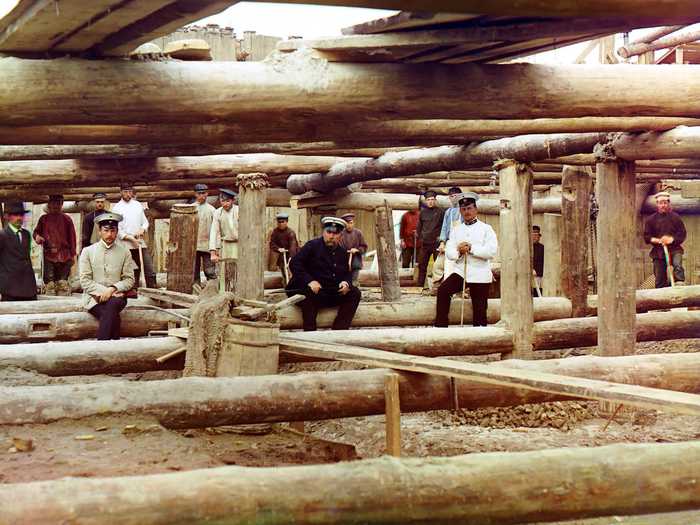
Source: Library of Congress
Railroad truss bridges, built on columns over the Kama River near Perm, helped support the Trans-Siberian Railway, spanning over 6,000 miles from central European Russia to the Pacific Ocean.
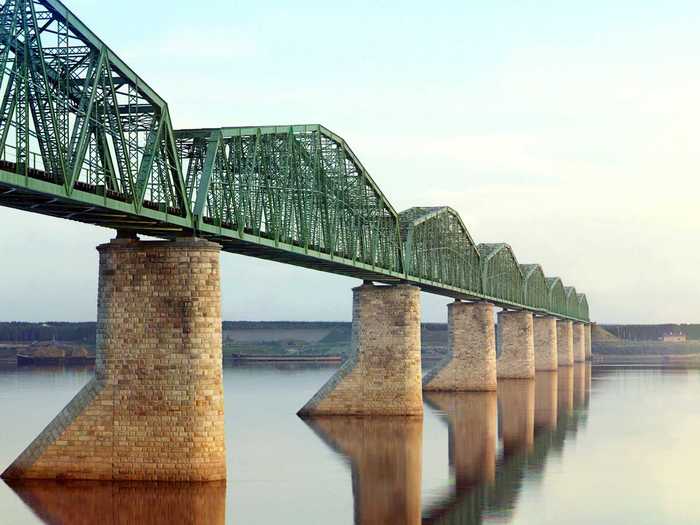
Source: Library of Congress
Here, Prokudin-Gorskii rides the Murmasnk Railroad in a handcar. The railroad was built by the Russian government during World War I to connect Petrograd (Saint Petersburg) to Murmansk, the last city to be founded in the Russian Empire.
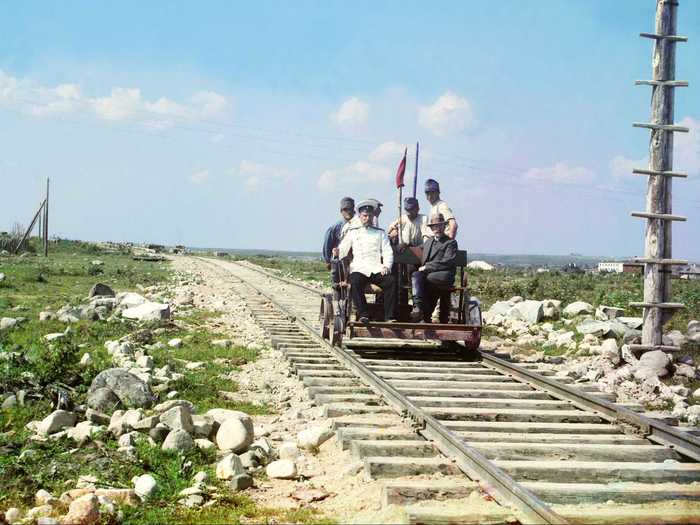
Source: Library of Congress, The Moscow Times
Located on Stolobnyi Island in Lake Seliger, Russia, the Monastery of St. Nil’ was first built around 1528 and turned into one of the largest and wealthiest monasteries in the Russian empire during the early 1600s, according to the Library of Congress. It was closed by the Soviet regime in 1927 and finally returned to the Russian Orthodox Church in 1990.

Source: Library of Congress
Rostov, an old Russian town northeast of Moscow, stood as the capital of Kyivan princes who moved into Russia. The photograph here shows the intricacies of a ceramic porcelain stove, photographed in the Prince’s Palace in 1911.
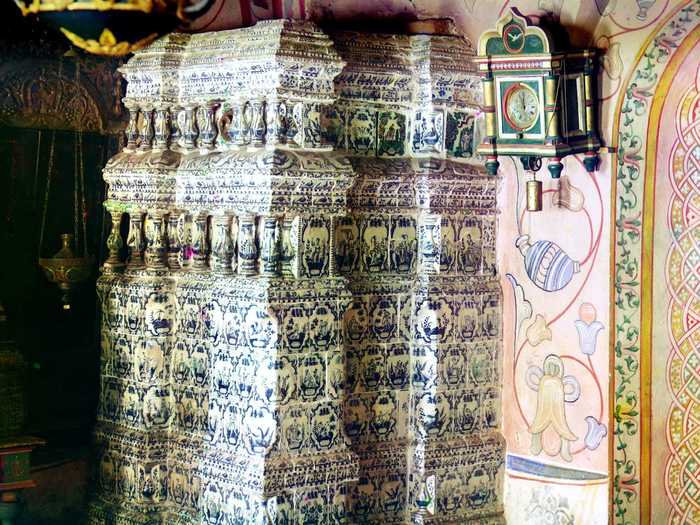
Source: Library of Congress, Lonely Planet
The Chakva tea farm and processing plant, located near the Black Sea coast near Batumi in Georgia, was one of the major suppliers of tea to the Russian Empire.
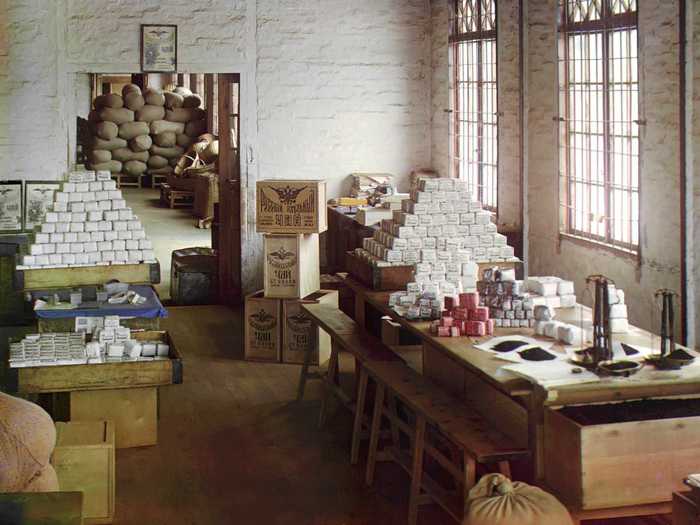
Source: Library of Congress
The town of Borzhomi, located in the Caucasus Mountains in today’s Republic of Georgia, came under Russian control in the 1820s and was developed into a resort thanks to its abundance of mineral waters. It became a destination for Russia’s elite who would don elegant attire to visit fashionable pavilions like this one at the Ekaterinin Spring (also known Catherine Spring).
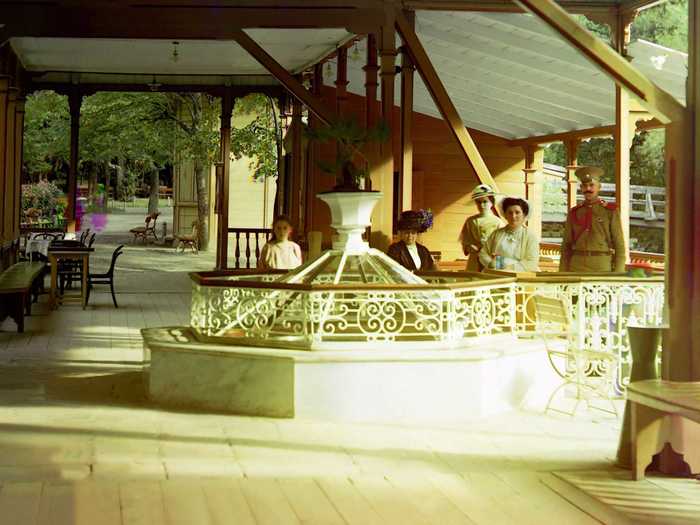
Source: Library of Congress
The Shakh-i-Zindeh Mosque, located in Samarkand, was an intricate center of graves and mortuary chapels made specifically for women of the dynasties descended from the warlord Timur (also known as Tamerlane), who ruled over Central Asia between 1370 and 1405.
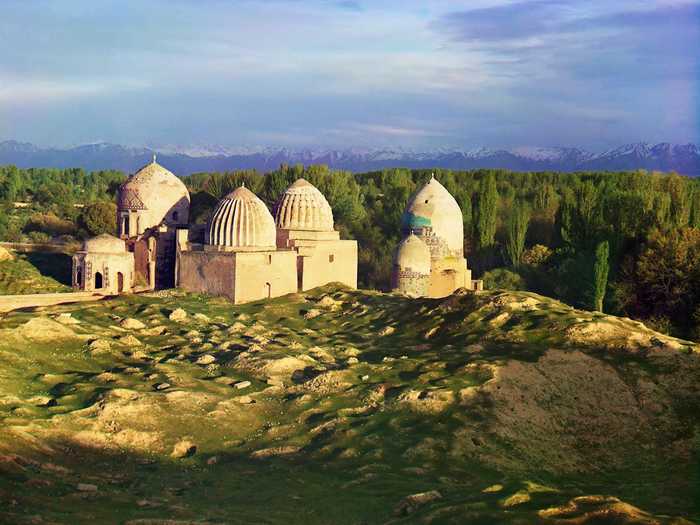
Source: Library of Congress
The Kasil Iron Works plant, founded in 1747 and known for its high quality of cast iron products, had a work force of more than 3,000 people during the time in which this photograph was taken (in 1910).

Source: Library of Congress
Samarkand, the second largest city in Uzbekistan, is more than 2,700 years old and has been the capital of several different empires. Its markets were among the famous famous on the Silk Road, where merchants would sell colorful silks, cottons, woo fabrics, and traditional carpets.

Source: Library of Congress, Euronews
The ancient town of Suzdal, located on the Kamenka River north of Moscow, once stood as a crucial principality, but its power declined when Moscow rose to prominence in central European Russia. This photograph of the town was taken in 1912.
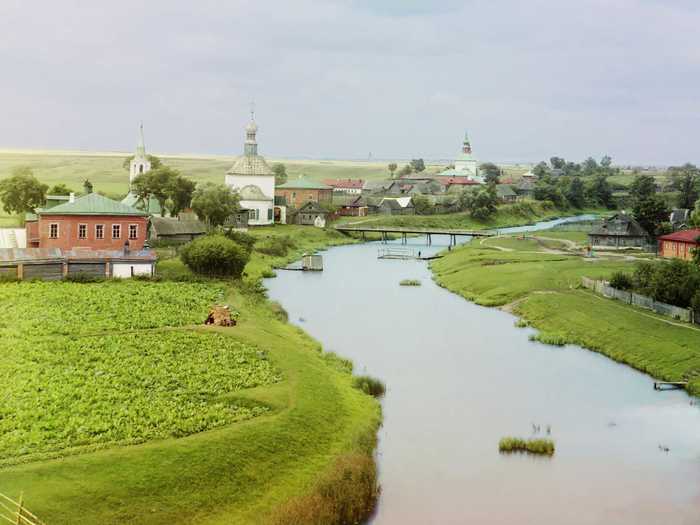
Source: Library of Congress
The village of Kolchedan, located in the Ural Mountains near Ekaterinburg, was a center for sandstone mining and processing at the time.
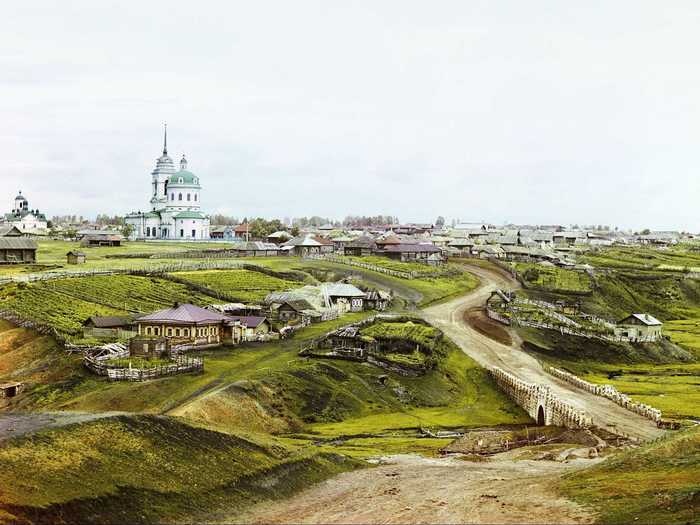
Source: Library of Congress
Tobolsk, a town in Tyumen Oblast, Russia, was a historical capital of Siberia and served as the military, administrative, and political center of Russian rule in Siberia.
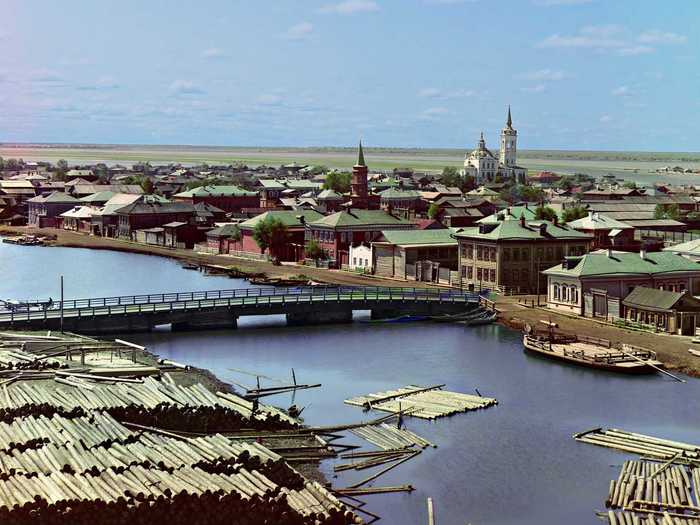
Source: Library of Congress
And finally here is the photographer himself taking a self-portrait near what is believed to be the Korolistskali River, located near the seaport of Batumi in Georgia.
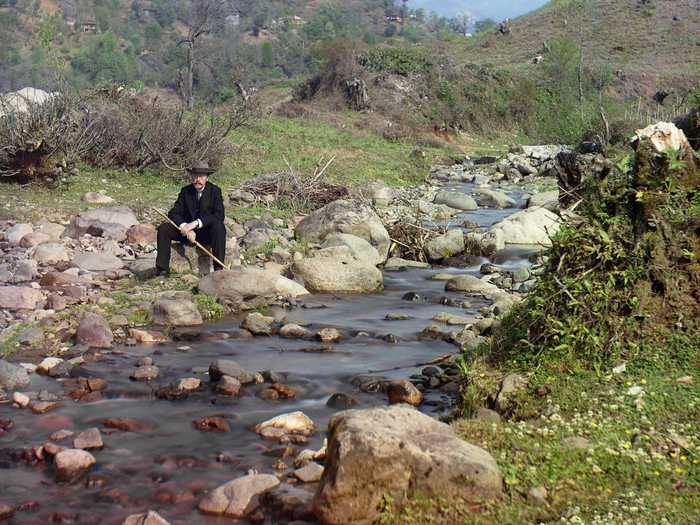
Source: Library of Congress
Popular Right Now
Popular Keywords
Advertisement
